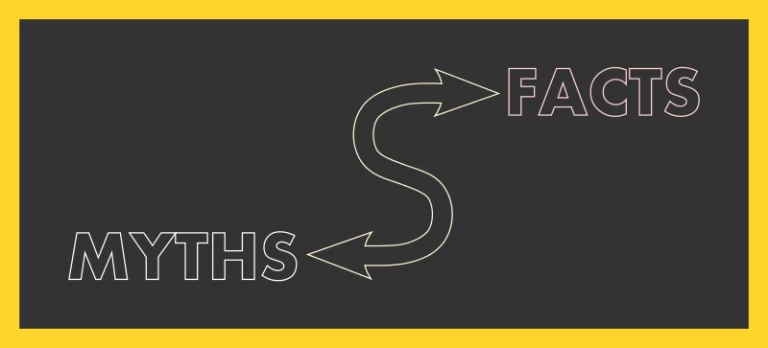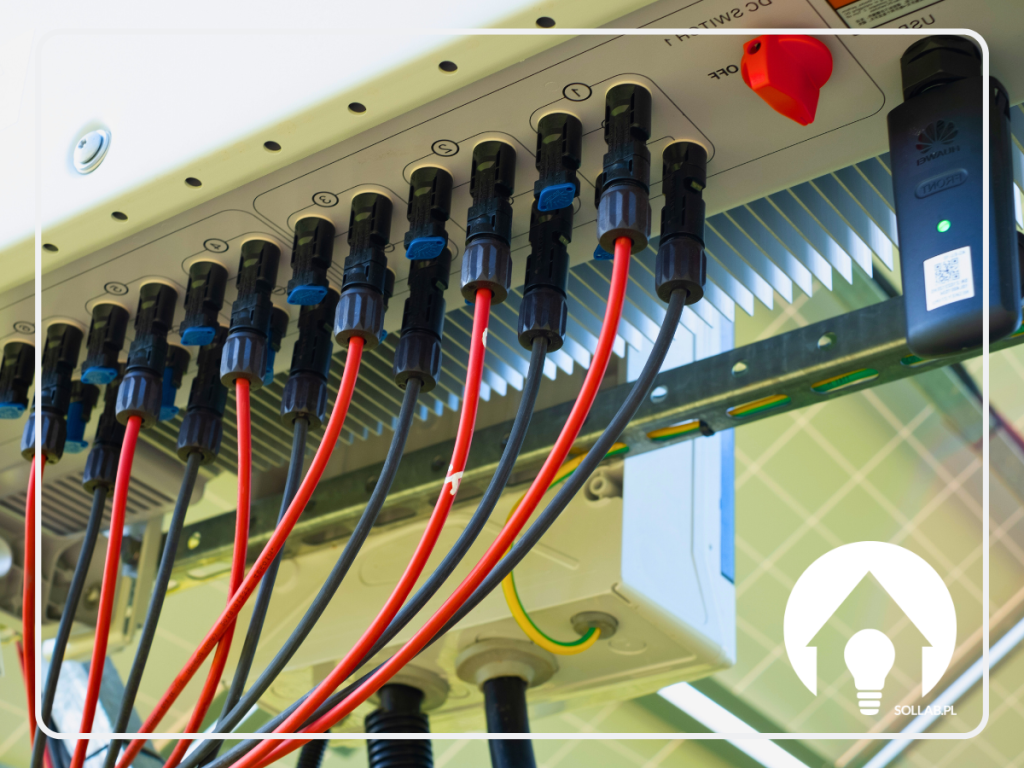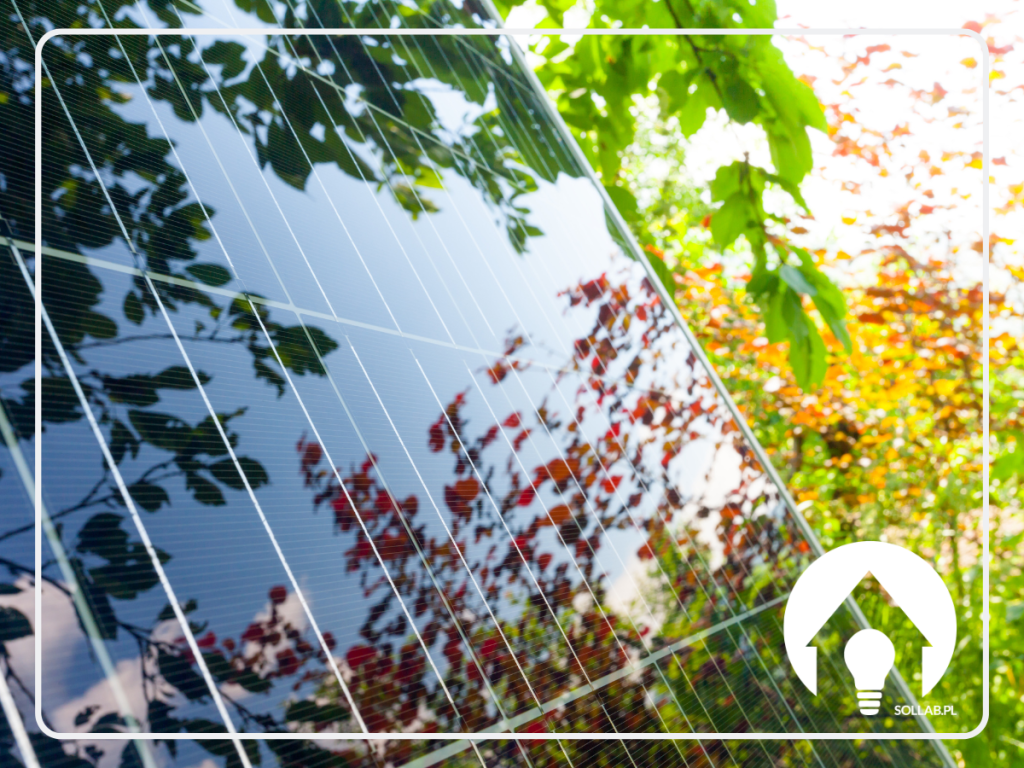MIT #1
"There is not enough sunshine in Poland".
A properly sized installation of 15-20 m2 is able to cover the average electricity demand for a Polish home.
If 1% of our country's surface was covered with photovoltaic modules, the energy obtained from them could power the entire country.
MIT #2
"Photovoltaics are inefficient".
Germany is the European leader in the number of photovoltaic installations. On sunny days, German photovoltaic systems collectively generate more energy than all the country's nuclear power plants.
MIT #3
"The performance of the modules decreases with each year of operation".
True, year on year the installation has a lower capacity. However, these decreases are negligible. The German Fraunhofer Institute, in a study for Solar Energy Systems, put the average annual decrease in efficiency at 0.1 %.
MIT #4
"It's not worth it."
Thanks to advances in technology, installation prices have fallen significantly. In addition, you can benefit from subsidies and incentives (e.g. the My Current programme or the thermo-modernisation allowance). READ MORE. The return on such an investment for a 300m^2 house inhabited by 4 people is about 7 years. It is worth taking out a loan! The monthly instalment can be as much as your electricity bill! You won't feel the difference!
MIT #5
"Photovoltaic modules after
20 years they will break down and need to be replaced."
Nothing could be further from the truth. Tests conducted under extreme conditions have shown that the panels can produce energy for 30 to even 40 years.
Manufacturers provide a 25-year warranty on the efficiency of the installed modules.
MIT #6
"Photovoltaics are not EKO at all !"
Many people claim that more energy is used during the production of photovoltaic modules than it will be able to produce once connected. An installation only needs 2 years of operation to return the energy used to produce it. After this your installation will be 100% environmentally friendly.
Furthermore, by opting for photovoltaic modules, you will effectively reduce CO2 emissions and so-called electro-smog.

















